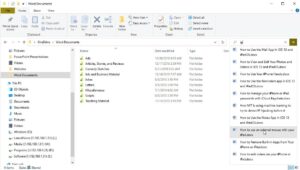If you’re looking to gain as much performance out of your Linux machine, you might try using noatime. Jack Wallen shows you how.
The atime feature has been around for some time. It effectively creates three timestamps for every file on a Linux system; those three timestamps are when a file was last modified, when the file was last changed, and when a file was last accessed.
At one point, those timestamps were not only useful, but required by some applications. Nowadays, however, modern applications no longer need the last accessed timestamp, so the Linux kernel developers implemented a new method, called relatime.
With relatime in place, you most likely no longer need atime. If you’re looking to gain as much performance as you can on your Linux system, you could consider disabling the feature.
Let me show you how.
How to gain performance on your Linux system
- Open a terminal window and issue the command:
sudo nano /etc/fstab
In that file you’ll see an entry for each of your drives.
2. Find the drive in question and then add noatime to the options section of the entry.
3. Once you’ve done that, save and close the file.
4. Reboot your machine and the change will take effect. Your Linux kernel will no longer track the last access time for files.
Once you reboot the machine, you should notice a slight performance gain. It may not be significant, but sometimes every little bit counts.
Note: If you happen to notice any applications not working properly after this change, you might have to remove the noatime entry from fstab and reboot again.
And that’s all there is to eking out a bit more performance from your Linux machines. Enjoy.
Also see

Image: Jack Wallen
Source of Article




